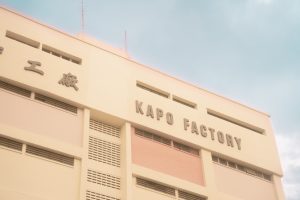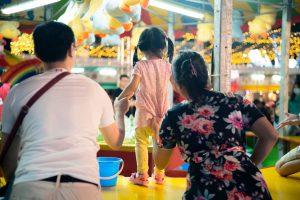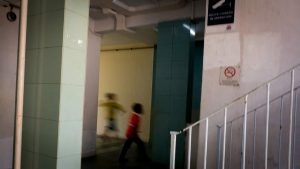To my 7-year-old brain, the local neighbourhood playground, in all its tacky glory, was the best place to be. It didn’t matter that the metal was rusting, or that its plastic was translucent from being faded by the sun; it still felt like freaking Disneyland.
I’m sure you remember it too—digging potholes in the sandpit, kicking your heels against the earth to launch yourself to dangerous heights on the swing set, swearing that one day you’ll do a 180, though of course you never do.
That said, what made the playground a regular affair was the company. My first friendships were forged in the playground when I was a shy and awkward kid. So you can imagine my elation when a little girl came over from her usual spot at the opposite end of the playground and innocently asked, “Hi, what’s your name?”
We became friends. Week after week, at 7pm sharp on Wednesday evenings, we would turn up for our usual rendezvous. Back in the days of landline telephones, we wouldn’t even bother calling. It was an unspoken commitment that we upheld for no good reason.
In hindsight, the playground was never anything spectacular. Yet, for hours on end, we managed to busy ourselves with the other kids from the neighbourhood, turning scrappy pieces of architecture into what felt like the heartland edition of American Ninja Warrior.
We would only ever utilise features of the playground for their unintended functions, climbing over the highest points of the structure, running atop slides instead of going down them, scaling the exterior metal safety railings—all in a determined effort to flex our pre-pubescent athleticism. It was all good fun and games of course, until my attempt to upstage the other kids at scaling the roof of the playground took a literal nosedive, bruising both my forehead and my pride. Luckily, with the help of Zambuk and poor memory retention, I was right back in the game a week after.
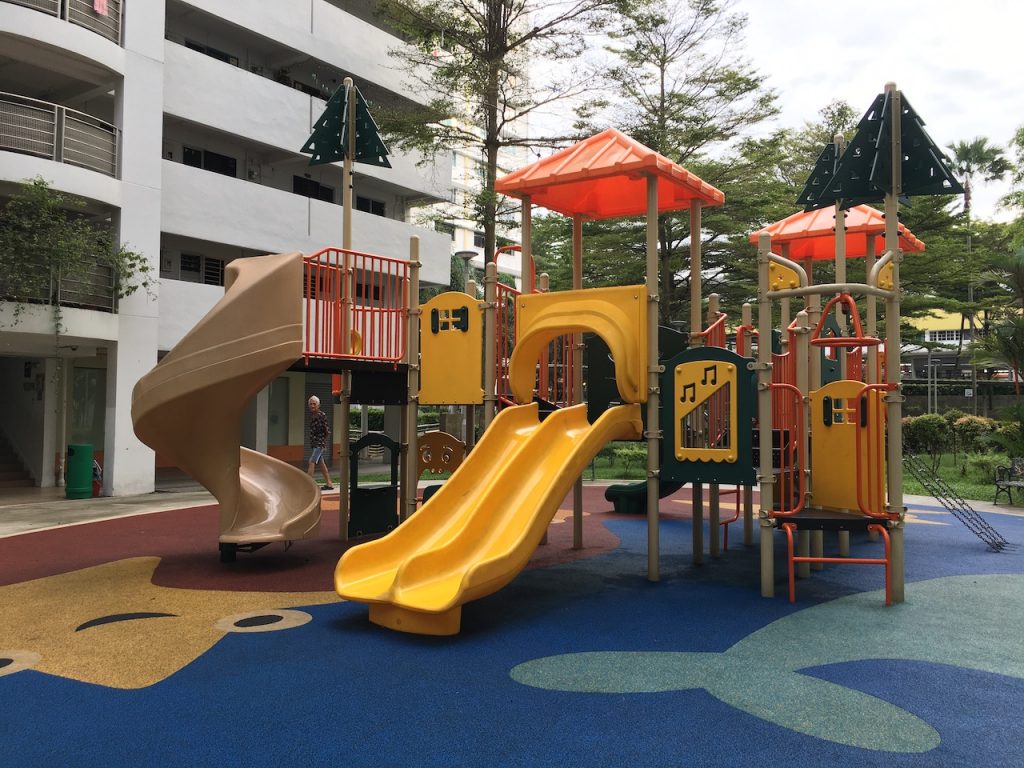
Needless to say, learning of the overhaul of my old playground was nothing short of devastating. Yet the most unsettling part of it all was realising that from this moment on, I would only ever be able to verbalise these memories. I would never, by bringing a friend or loved one back here, be able to share them.
Here’s the thing about memories: no matter how many times you recount one to someone else, they will never truly understand the weight and the power of that story. This is why revisiting places from our past with loved ones is always such an intimate process.
For the same reason, our grandparents tend to tell us the same stories over and over again, those same ones we grudgingly listen to—over and over again.
After all, they too have long lost their playgrounds. In their own ways, they are simply grasping at the things that made them who they are. Things that with each passing day, begin to feel less and less real.
Memories, we forget, have expiration dates.
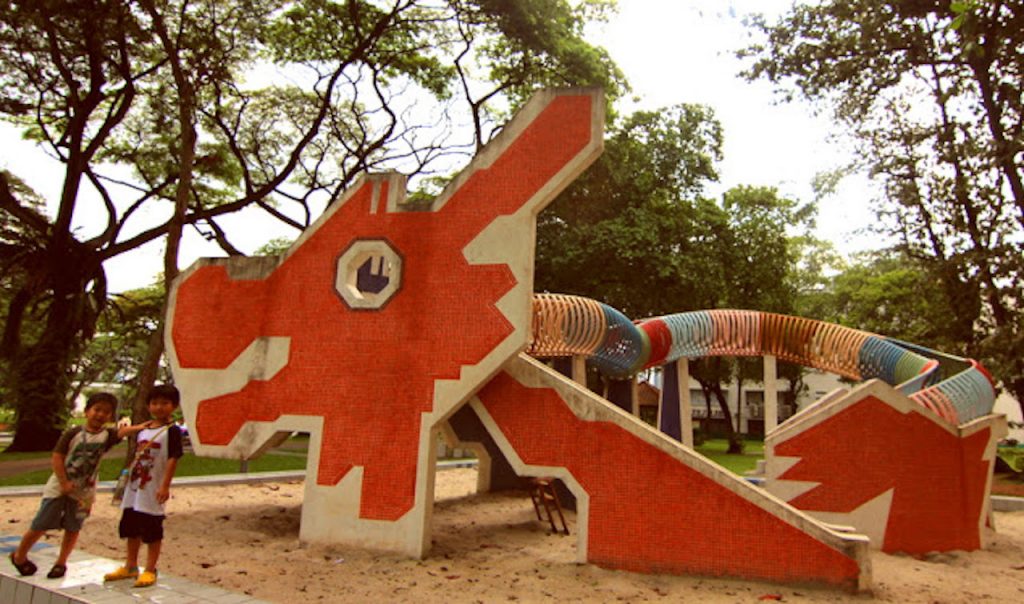
And we too become victims of this vicious cycle of nostalgia.
Places such as King Albert Park, Sungei Road, and Funan Centre are long gone. Rochor Centre is blanketed by scaffolding and sound-proof canvas as it undergoes demolition, and the fate of Golden Mile Complex hangs in the balance, potentially going the way of the old National Library.
If one has ever wondered why Singaporean memorabilia is so obsessed with objects of the past, milking our heritage and traditions for graphics that go onto tote bags and pillow cases, it’s because the landscape of Singapore is changing so fast.
One imagines that our collective memories would one day resemble a Picasso: an eclectic cluster of shapes and lines, coming together to unfortunately depict a creepy old lady giving you the side eye.
Such is our Singaporean identity. It is incoherent, fragmented, and inorganic. Besides the national anthem and a fervent love for hawker food, there really isn’t much going for us. As time relentlessly marches on, the glaring lack of intergenerational relatability will increasingly take its toll, with each subsequent generation of Singaporeans finding their links to their personal histories growing dangerously tenuous.
In the absence of landmarks that remind us of who we are and where we came from, our search for identity wanders outwards. We learn to acquire qualities elsewhere, from the pews of churches to the fringes of Reddit and American pop culture. Today, we are less ‘one united people’ and more a conglomeration of highly incongruent and distinct personalities.
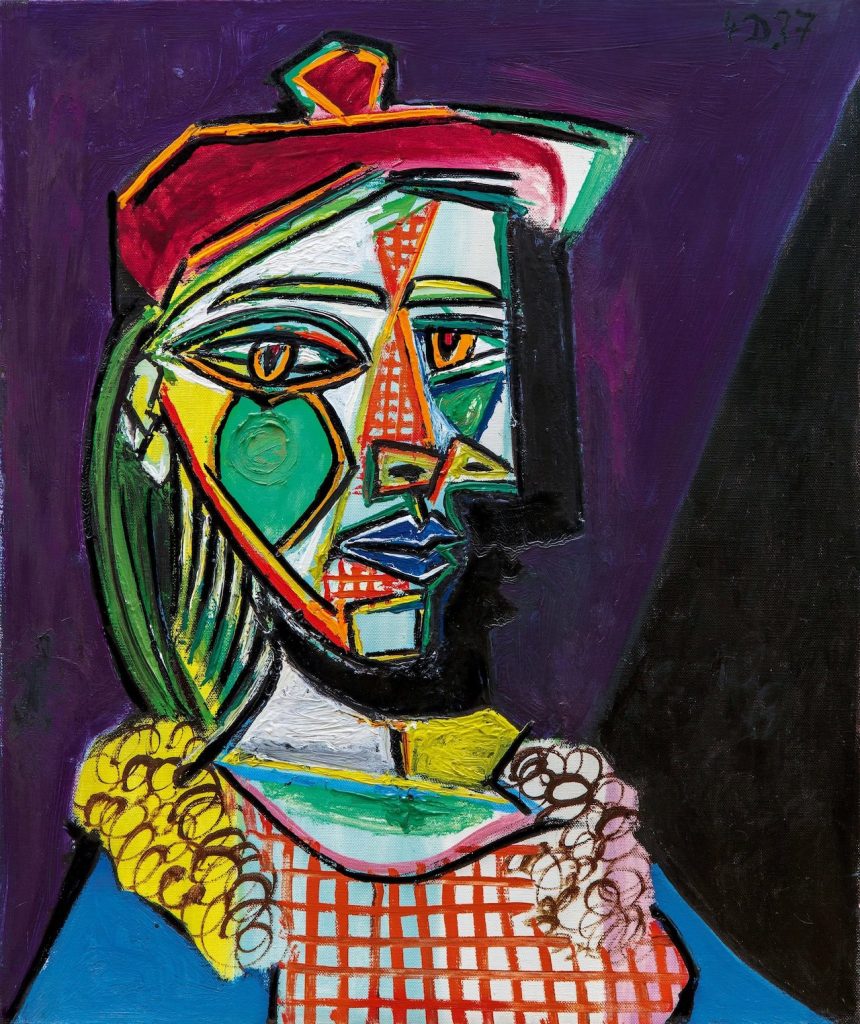
It sounds fucking cheesy, but think about it. While there is no doubt that we aren’t a perfect country, our collective amnesia continues to nudge us forward. As we forget the good and blissful, we too forget the prejudices and ignorance that used to plague our culture. Because we don’t have a single coherent identity, we become adaptable.
As we continue to interrogate the things we’ve long held for granted—from socio-economic inequality to LGBT rights to understanding consent—we now have an opportunity to foster a new kind of harmony amidst heterogeneity.
My old playground might have been no larger than a couple of square metres, but it was an entire universe on its own. One where we could make up systems and rules as we saw fit, and the only objective: dumb fun. One week, the floor was lava. In the next, James had lice; avoid him at all costs!
It was there that our spirits and imaginations could roam free from the shackles we had to bear in school and at home. After a long day of being told what you should and shouldn’t do, playtime at the playground was always a cathartic relief.
And so, in the thick of our city’s rapidly changing landscape, I wonder if perhaps the most Singaporean we can be is by constantly inventing and reinventing, and making the most of what we’ve got.
By knowing that even if we have no choice but to let go, watching as kids today forge memories in their newer, swankier playgrounds, one thing remains true: they’re probably having just as much fun as we did.



